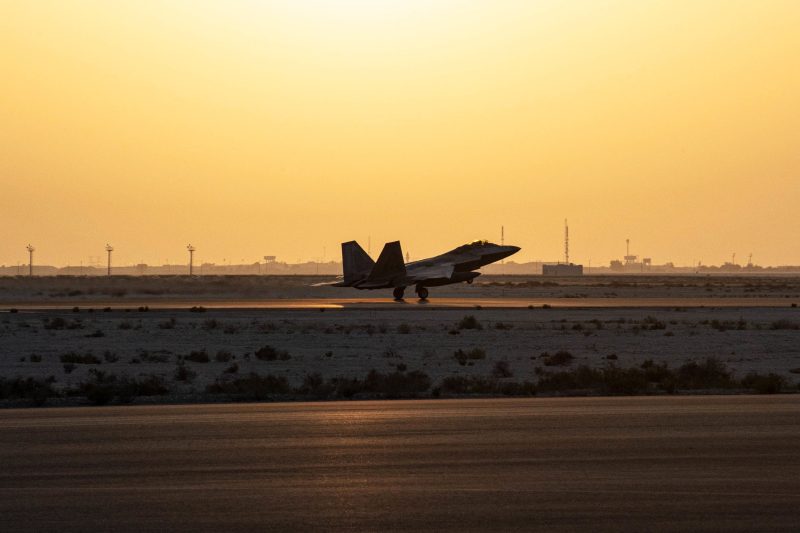The recent decision by the United States to deploy additional troops and warplanes to the Middle East as a protective measure against potential threats from Iran has opened up discussions and debates on the implications and motivations behind such a move. This development comes in the context of heightened tensions between the U.S. and Iran, stemming from a variety of unresolved issues, including Iran’s nuclear ambitions, regional influence, and support for militant groups.
The deployment of more troops and warplanes to the Middle East underscores the U.S.’s commitment to maintaining stability and security in the region, as well as safeguarding its interests and those of its allies. It is important to note that the U.S. has a long history of military presence in the Middle East, with various bases and installations strategically located in key countries such as Iraq, Kuwait, Qatar, and Bahrain. These military assets serve as a deterrent against potential threats and are instrumental in ensuring the safety and security of the region.
The decision to send additional troops and warplanes highlights the complex and delicate dynamics at play in the Middle East, where competing interests and alliances often collide. The U.S. has been a key player in the region for decades, seeking to safeguard its strategic interests, promote stability, and counter threats from hostile actors. The presence of U.S. troops and warplanes is seen as a bulwark against potential aggression from Iran, which has been a long-standing adversary of the U.S. and its allies.
However, while the deployment of more troops and warplanes may be viewed as a necessary precaution in the face of escalating tensions, it also raises concerns about the potential for further escalation and conflict. The U.S. has been involved in numerous military interventions in the Middle East in the past, with varying degrees of success and consequences. The decision to increase military presence in the region must be carefully calibrated to avoid inadvertently exacerbating existing tensions and triggering a wider conflict.
Moreover, the deployment of additional troops and warplanes also highlights the challenges and limitations of using military force as a tool of foreign policy. While military power can be an effective deterrent and a means of protecting national interests, it also comes with significant risks and costs. The U.S. must carefully weigh the potential benefits and drawbacks of its military deployments in the Middle East, taking into account the wider implications for regional stability and global security.
In conclusion, the decision to send more troops and warplanes to the Middle East as a bulwark against Iran reflects the complex and nuanced realities of geopolitics in the region. While the U.S. seeks to uphold its interests and safeguard its allies, it must also be mindful of the risks and consequences of military escalation. Finding a delicate balance between deterrence and diplomacy will be crucial in navigating the challenging dynamics of the Middle East and ensuring long-term stability and security in the region.
